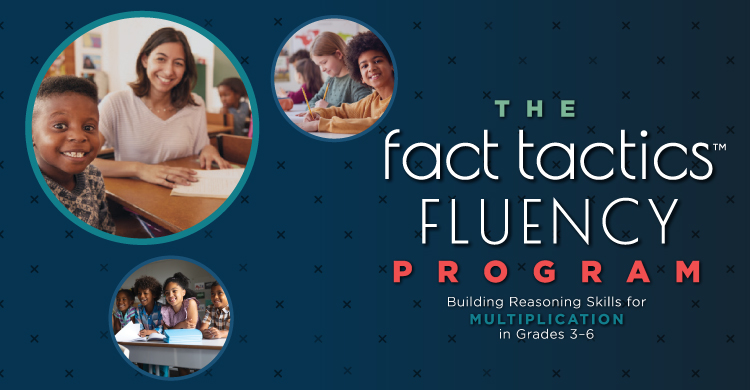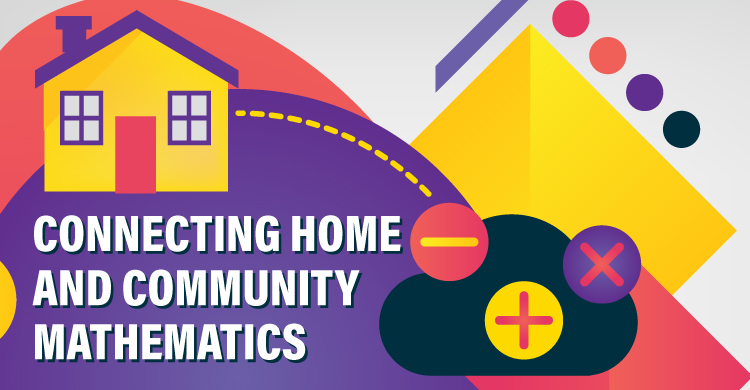Kit and I have had the opportunity to work with many elementary school teachers as they focus their energies on having all students learn mathematics. We noticed as state mathematics standards began to change, teachers first addressed the differences in content students needed to learn at each grade level and then quickly started asking some deeper, instructional questions like:
We get the changes in mathematics standards, but HOW?
- HOW do we teach content so students make sense of mathematics?
- HOW do we get students to talk about mathematics?
- HOW do we design lessons so students are doing the thinking and talking 60% – 65% of every lesson? (Kanold, 2015)
- HOW do we make sure students develop the habits of mind needed to be successful mathematicians?
Too often, with every good intent, teachers answer these questions by giving students a higher-level cognitive task to complete in groups, only to find that students don’t read the question, fail to start, or one student does all the thinking and work. Students say “I’m stuck” and opt out rather than saying “I’m stuck so now I’m going to try ____.”
While supporting the teaching and learning of mathematics in an elementary school, Kit had another experience. In the school, the second grade teachers had implemented the workshop model for literacy. They asked her if they could apply the same idea in mathematics lessons – of course! We realized the passion many elementary teachers have for literacy could be also used in mathematics lessons to engage students in learning.
Putting these experiences together with conversations resulting from our professional development workshops and lesson study and coaching opportunities, we realized that teachers needed support with HOW to develop mathematical thinkers while teaching content – and that they could do this more seamlessly by utilizing some of their literacy strategies already in place in their classrooms.
All of this lead to a list of over 40 strategies teachers can use to engage students in learning mathematics that we explain with examples in our book: Engage in the Mathematical Practices: Strategies to Build Numeracy and Literacy with K–5 Learners. Grouped by mathematical practice, the strategies shared include examples of higher-level tasks, student work, and lesson plans. These strategies are universal and apply to any state’s mathematics process standards as well as any curriculum materials used in a school or district. They can also be used during initial core instruction or intervention.
So, what strategies can teachers expect to find in the book to help them answer the questions listed above? A few examples are given below.
| Question | Examples of Strategies
(*Strategy connected to literacy) |
| HOW do we teach content so students make sense of mathematics? | · Graphic Organizers*
· Quantity Questions · Number Talks · Multiple Representations* · Brain Splash* |
| HOW do we get students to talk about mathematics? | · Groups and Roles*
· Sentence Frames* · Peer Review* · Reciprocal Teaching* · Precise Student Language* |
| HOW do we design lessons so students are doing the thinking and talking 60% – 65% of every lesson? (Kanold, 2015) | · Four Corners
· Discovering Patterns* · Error Analysis |
| HOW do we make sure students develop the habits of mind needed to be successful mathematicians? | · Always, Sometimes, Never*
· Answers First · Three Questions* · Toolbox |
By engaging in the mathematical practices through these and other strategies, students are actively participating in reasoning and sense-making as they learn mathematics. They are talking about their solutions, knowing they can learn from their mistakes as well as trying multiple approaches until one works. They see each other as valuable resources and form a community of learners with a disposition they can learn mathematics.
Though we address why students must develop the habits of mind found in the Common Core Standards for Mathematical Practice, the purpose of the book is HOW to have students reason and problem-solve while learning content. Our goal is to support teachers in their quest to have all students learn mathematics.
Reference:
Kanold, T. D. (Ed.). (2015). Beyond the Common Core: A handbook for mathematics in a PLC at Work, Leader’s Guide. Bloomington, IN: Solution Tree Press.
[author_bio id=”215″]
[author_bio id=”354″]






